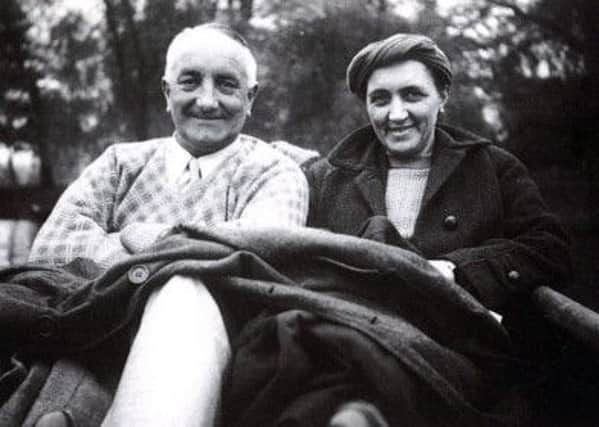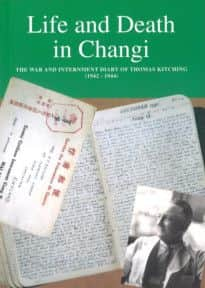Secret war diary of true Morecambrian


Just over two years later, he died in Changi prison, Singapore – 786 days after his incarceration began.
Throughout his time in the prisoner of war camp, the former Lancaster Royal Grammar School (LRGS) pupil meticulously recorded his experience in a secret diary.
Advertisement
Hide AdAdvertisement
Hide AdNobody is quite sure what happened to Tom’s diary after his death although some believe it was hidden in Changi, and recovered after the war possibly by a friend of Tom’s.


Eventually it landed in the safe hands of the Kitching family who almost 60 years after Tom’s death, published their father’s story.
‘Life and Death in Changi’ is at times frightening, other times funny and always honest but ultimately it charts the final days of a true Morecambrian.
Tom was the only son of Thomas and Brenda Kitching. Brenda was a Baxter, a family identified with fishing in Morecambe Bay for generations.His dad was was the only bookseller in Morecambe.
Advertisement
Hide AdAdvertisement
Hide AdTom was educated at LRGS where he made a name for himself with his academic and sporting prowess on the rugby and hockey fields. In 1909, he went up to Peterhouse, Cambridge, graduating with a second-class honours degree in the Natural Sciences.
On leaving university, Tom was employed by the Colonial Service and, aged only 23, made the fateful decision that would shape the rest of his life.
Tom opted to go to Seremban in the Malaysian state of Negri Sembilan in preference to British East Africa, Uganda or Ceylon.
The book prologue reads: “How much easier Tom’s closing years would have been had he chosen Ceylon, for instance, or for that matter, any of the other alternatives!”
Advertisement
Hide AdAdvertisement
Hide AdIn Seremban, Tom enjoyed five arduous but satisfying years in which he was involved with survey work in primitive jungle conditions.
When war broke out in August 1914, like most young men he felt it was his duty to return home and sign up.
But the Colonial Office ruled that Colonial Service officers must remain in their posts and by the time Tom’s application to join the war effort was approved in August 1918, the ship had sailed. Armistice was declared while Tom was sailing home to join the services.
A period of leave followed when he met his future wife, Nora Altham, whose father was a master butcher with a shop on the corner of Green Street in Morecambe and the central promenade.
Advertisement
Hide AdAdvertisement
Hide AdRomance blossomed and the pair were engaged but at the end of May, Tom was ordered back to Malaysia by the Colonial Office.
The couple applied for a special marriage licence and their wedding took place in Morecambe Parish Church on June 3.
Tom and Nora were not reunited until after Christmas when Nora joined her husband in Seremban. They went on to have three children, Joan, Colin and Brian.
Tom’s job took him to different postings in Malaya with the final ominous move to Chief Surveyor of Singapore in late 1938, due recognition of his 25 years’ dedicated service in the Malayan Survey Department.
Advertisement
Hide AdAdvertisement
Hide AdWhat the Japanese were up to received little attention until the bombing of Pearl Harbour on December 7 , 1941.
Not only did this bring America into the war but it destroyed the colonial way of life and brought four years of suffering and death to thousands of people throughout Asia – including Tom and Nora, who died when the ship she was being evacuated from Singapore on was bombed.
Tom’s last diary entry was on April 1, 1944.
‘Life and Death in Changi’ is published by Landmark Books Pte Ltd of Singapore.